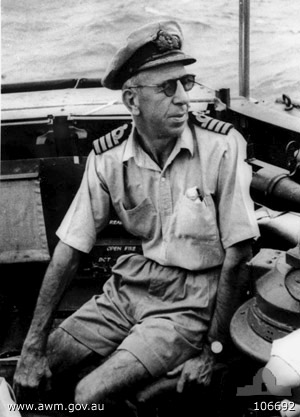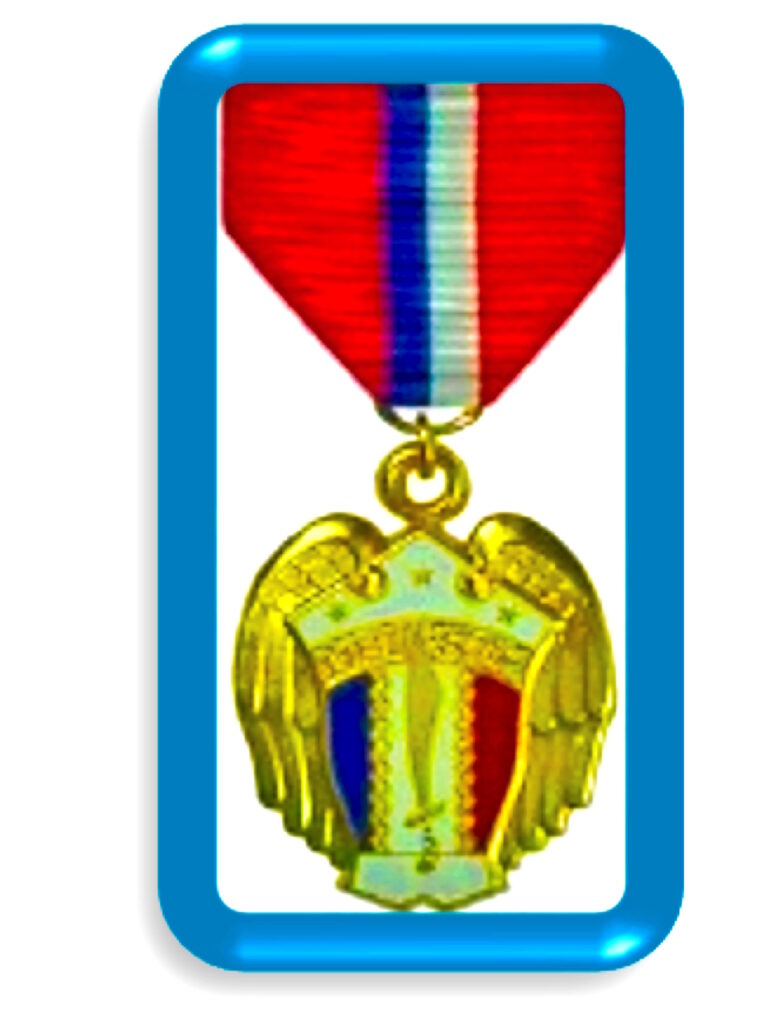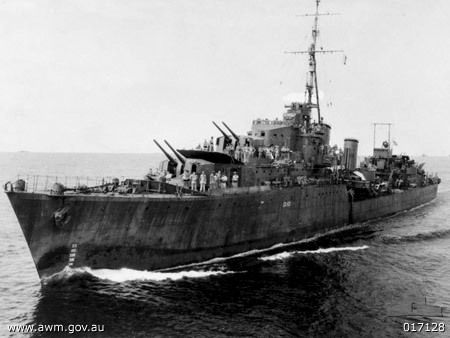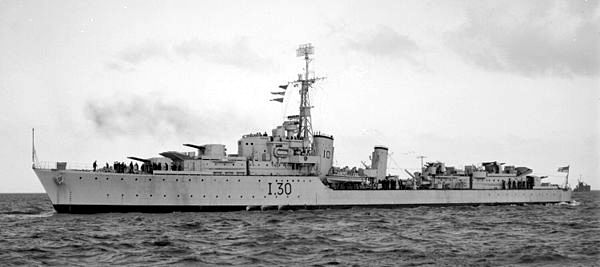Historic Friendship Sealed in Blood
An account of Australia’s participation in the Philippine resistance to the Japanese occupation during World War II.
Darwin, Australia provided an alternative headquarters for the Far East Air Force under the United States Army Forces in the Far East (USAFFE) when it abandoned Fort McKinley (Fort Bonifacio, now Boni- facio Global City) on 24 December 1941. Likewise, Belconnen in Canberra served as the radio intercept station of the US in Western Pacific after Corregidor fell to the Japanese in May 1942.

While the Japanese focused their attention on the destruction of the USAFFE’s defense lines in Bataan Peninsula, the Americans were fortifying Australia for any threat of attack. The Filipino and American soldiers valiantly defended Bataan from 22 January until its fall on 9 April 1942, thus giving Australia enough time to prepare. The soldiers in Bataan sent radio signals to Port Moresby in New Guinea alerting them of General Yama- moto’s plan to take the said installation in order to invade Australia. Thus, the Americans prepared themselves to defend Port Moresby, which took place during the Battle of Coral Sea on 8 May 1942 and the Battle of Midway which lasted up to 3 June 1942.
On 11 March 1942, the family and officers of General Douglas MacArthur left Corregidor for Australia under the orders of US President Franklin Roosevelt. Later on, MacArthur requested that Philippine Commonwealth President Manuel Luis Quezon and his family be transferred to Australia as well. The request was granted on 26 March 1942 and the family was escorted to Australia by the 19th Heavy Bombardment Group. Prior to his departure, Quezon turned over the reins of government to Supreme Court Chief Justice Jose Abad Santos.

In Australia, MacArthur re-established his headquarters naming it Southwest Pacific Area (SWPA), encompassing Australia, Solomon Islands, Bismarck, New Guinea, the Netherlands East Indies (except Sumatra) and the Philippines. Upon the fall of Bataan and Corregidor, the USAFFE was replaced by another unit of SWPA, the United States Armed Forces in the Philippines (USAFIP).
The US victory over the Japanese at New Guinea saved Australia from Japanese invasion, transforming Australia into a staging ground for the Philippine liber- ation campaign in 1944-45. From 23-26 October 1944, the Battle of Leyte Gulf took place. It was among the largest naval battles in world history. In this battle, the Japanese suicide plane known as Kamika- ze hit a heavy cruiser and the flagship of the Royal Australian Navy, HMAS Australia. The Australian forces lost 21 men, including the captain.
On 6 January 1945, the US Navy and the Royal Australian Navy joined forces to constitute a single amphibian force to attack Lingayen Gulf.
The Australian War Memorial records 15 Australian ships that participated in the campaign for the liberation of the Philip- pines: HMAS HDML 1074, HMAS Arunta, HMAS Bishopdale, HMAS Gascoyne, HMAS Kanimbla, HMAS Shroopshire, HMAS Manoora, HMAS Merkur, HMAS Poyang, HMAS Shropshire, HMAS Hobart, HMAS Warramunga, HMAS Warreg, HMAS Westralia, and HMAS Yunan.

The Philippine Liberation Medal is a military award of the Republic of the Philippines. The medal is awarded to any service member of both Philippine and allied militaries who participated in the liberation of the Philippines between the dates of 07 October 1944 and 02 September 1945. The Philippines has awarded more than 3,900 Philippine Liberation Medals to Australians.
Excerpted from the first edition of Filipinos in Australia Factbook, Philippine Embassy Canberra. philembassy.org.au



